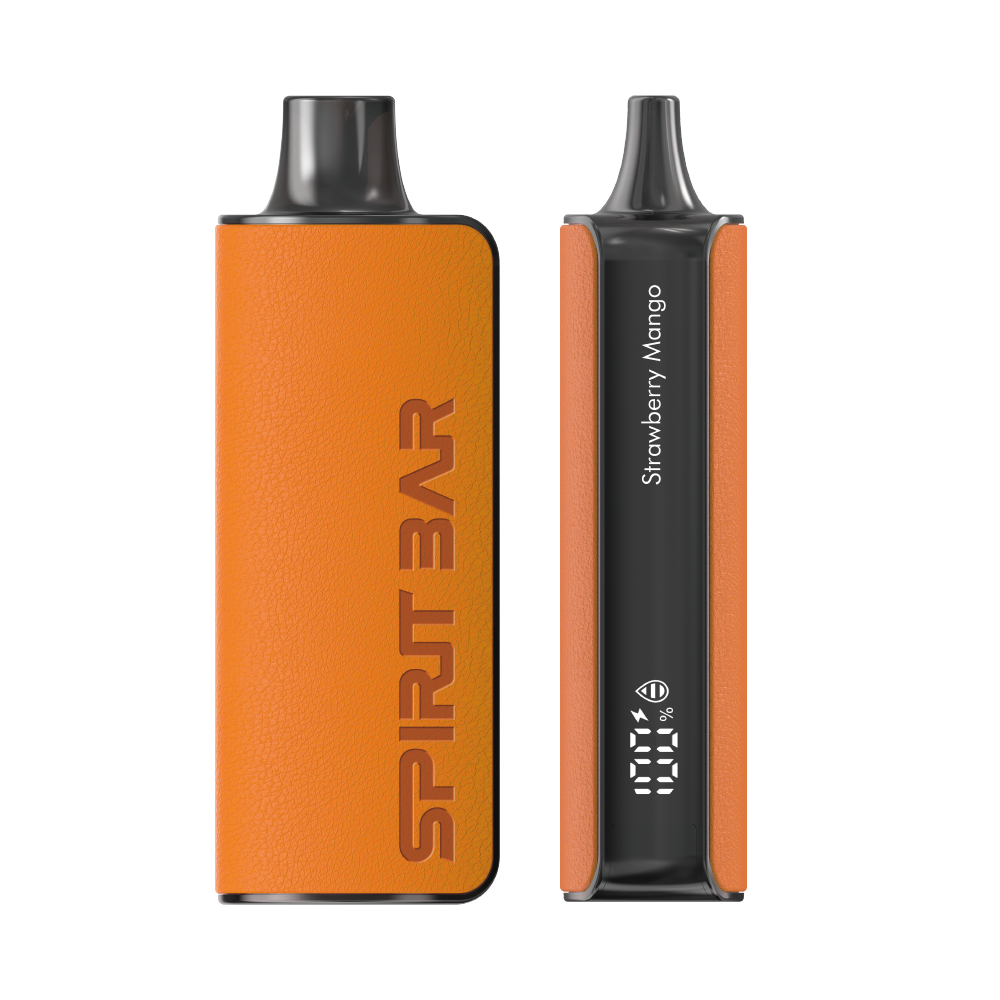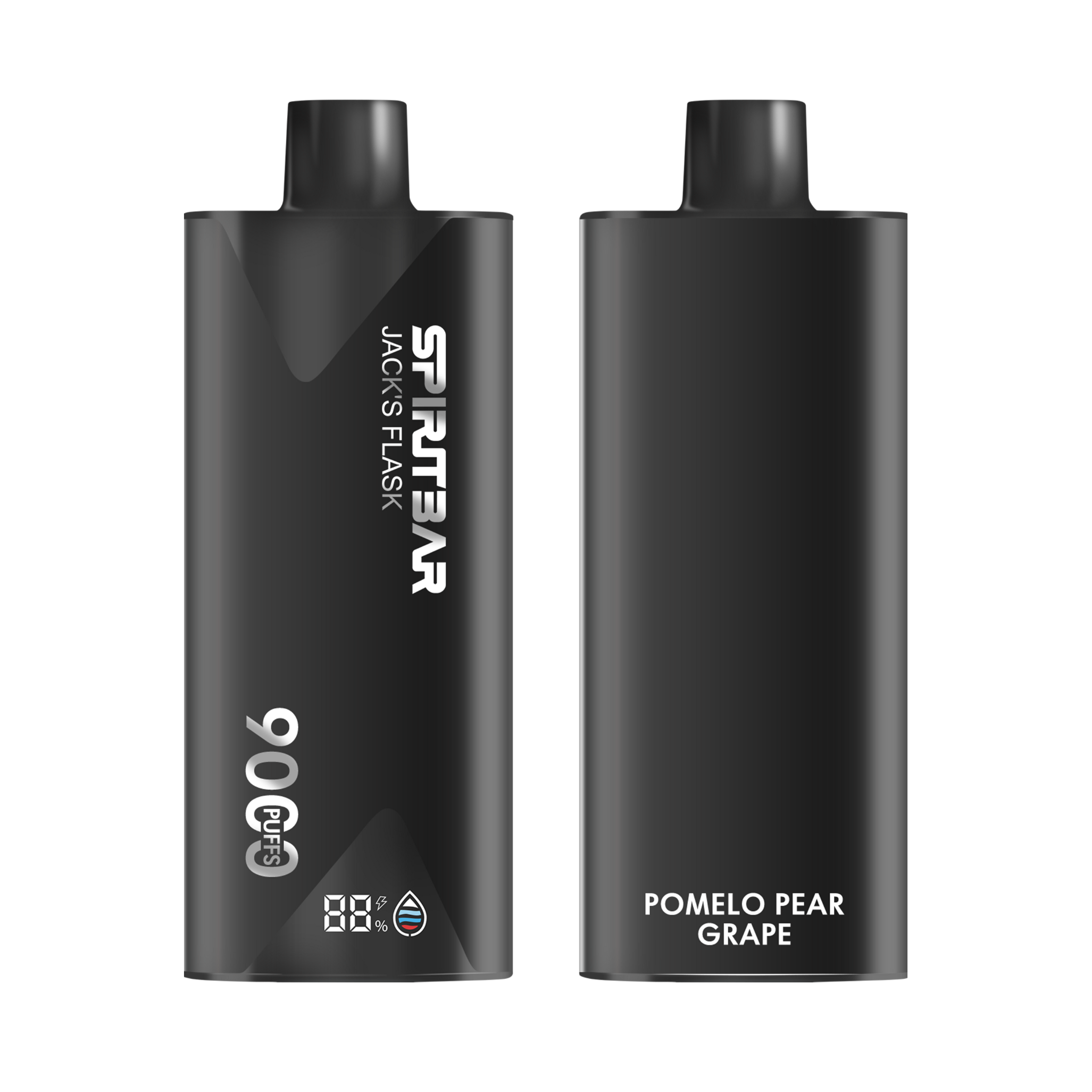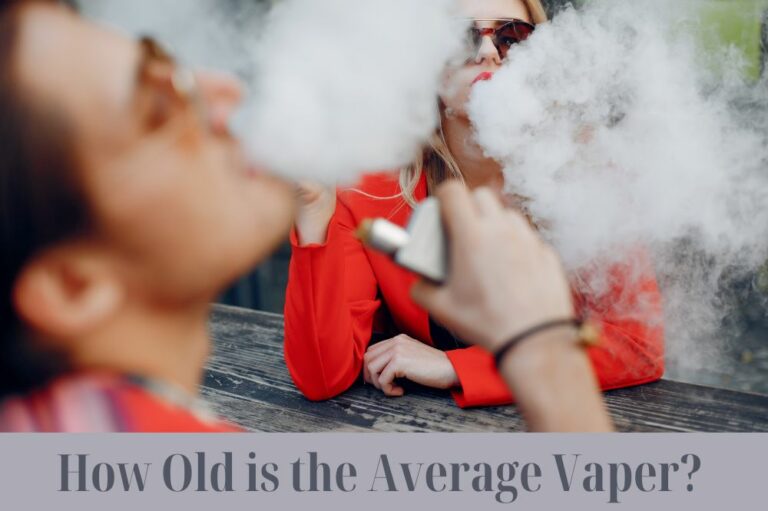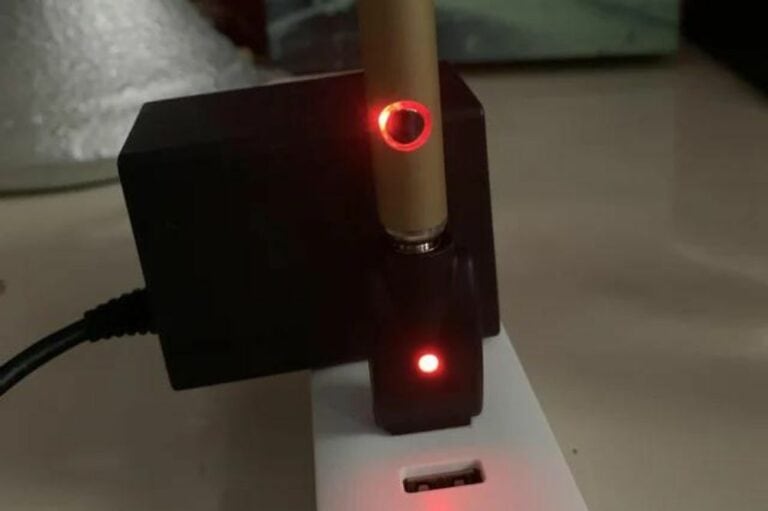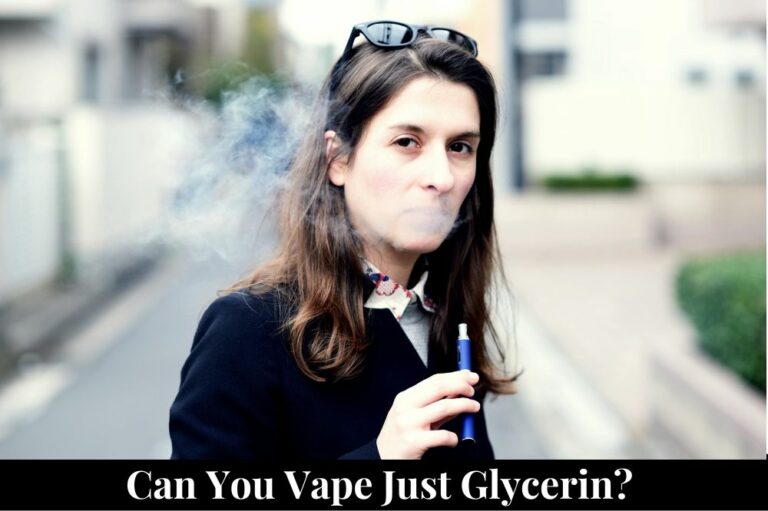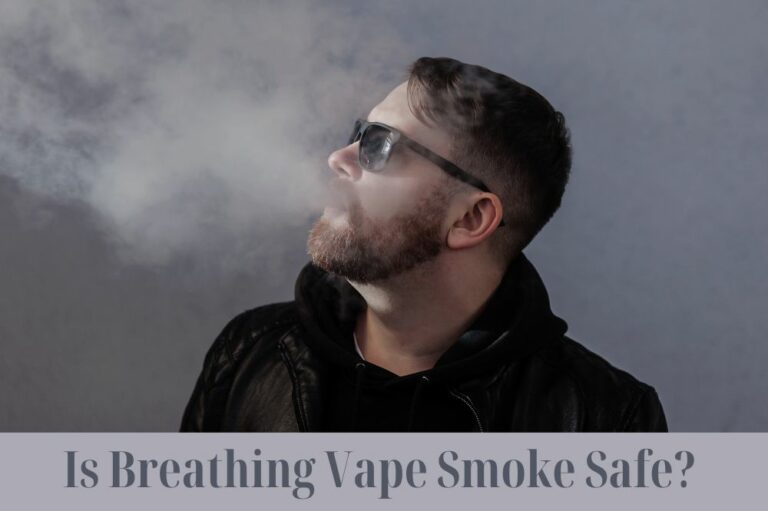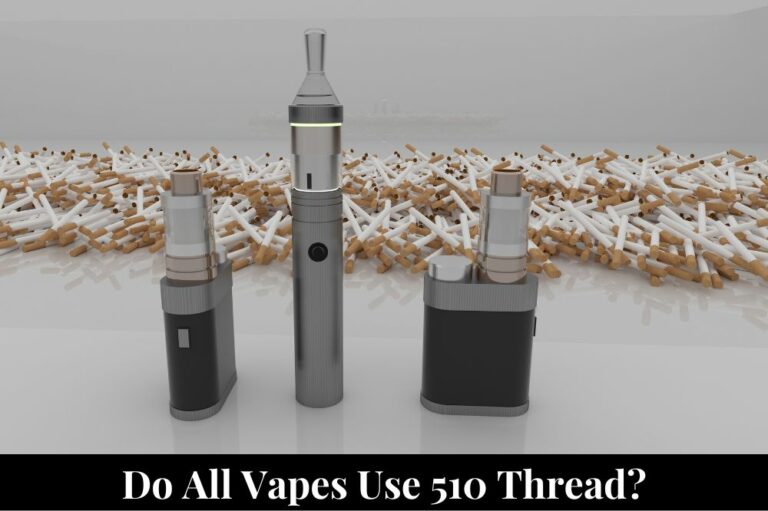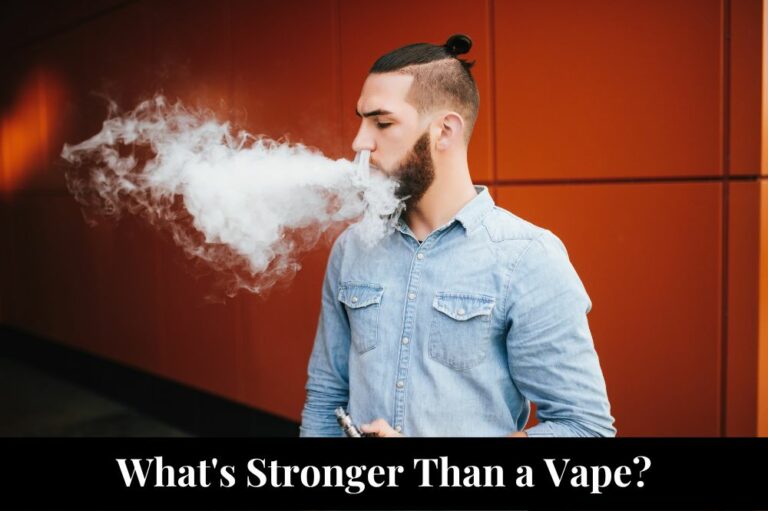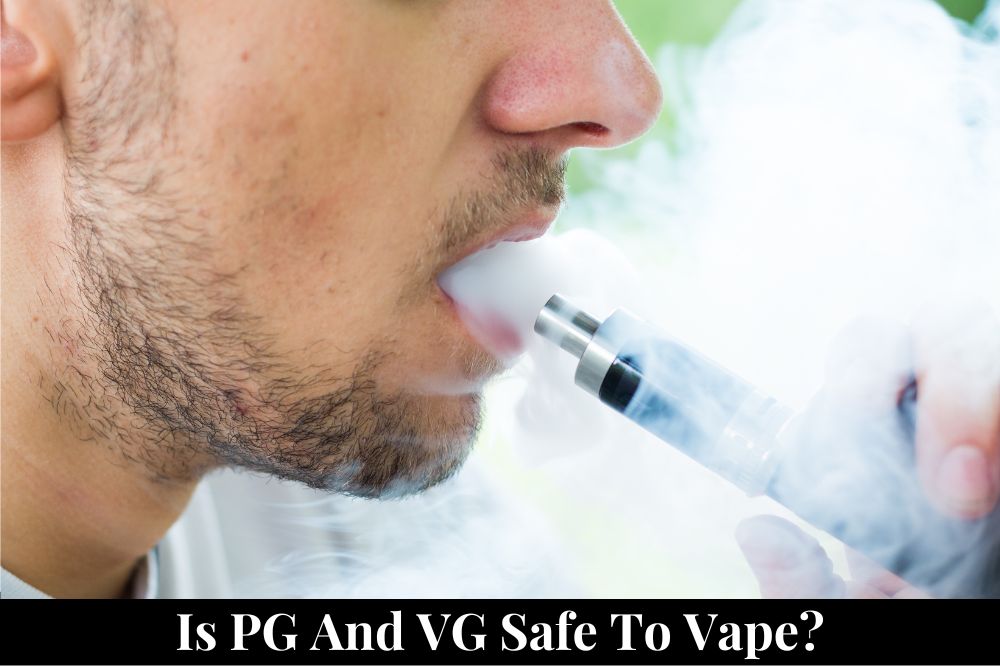
So, you’re wondering if PG and VG are safe to vape. It’s a valid question, especially with all the conflicting information out there. The short answer is that both PG and VG are generally recognized as safe by the FDA. However, as with anything you inhale, there are some potential risks to keep in mind.
PG, or propylene glycol, is a synthetic compound that’s used in a wide range of products, from food to cosmetics to e-liquids. It’s generally considered safe for consumption, but some people may experience allergic reactions or irritation when inhaling it. VG, or vegetable glycerin, is a natural compound derived from plants. It’s also considered safe for consumption, but it can cause respiratory irritation in some people.
The Great Vaping Debate: PG vs VG
So, you’re probably wondering which is better: PG or VG? Well, it’s a bit of a debate in the vaping community. Some people prefer PG because it produces a stronger throat hit, while others prefer VG because it produces more vapor.
But let’s get to the real question: is either one safe to vape? The short answer is yes. Both PG and VG are considered safe for consumption by the FDA. However, there are some things you should keep in mind.
PG has been known to cause allergic reactions in some people, so if you have any allergies, it’s best to avoid it. VG, on the other hand, is thicker and can cause more buildup on your coils, so you may need to clean your device more often.
Ultimately, it comes down to personal preference. If you’re looking for a stronger throat hit, go with PG. If you want more vapor, go with VG. Or, you can try a combination of the two, as many e-liquids have a mix of both.
Just remember to always buy your e-liquids from a reputable source and to check the ingredients before you buy. Happy vaping!
PG: What’s in a Name?
So, you’re curious about PG and whether it’s safe to vape. Well, let’s start with the basics. PG stands for Propylene Glycol, but don’t let the fancy name scare you. It’s just a chemical compound that’s used in a variety of everyday products, including food, cosmetics, and even medications.
SPIRITBAR Katana BP10000
- Slender, leather-textured body reminiscent of a katana handle for an authentic samurai feel
- Unique samurai-inspired e-liquid flavor - fruity yet not too sweet, with a luxurious, elegant aroma
- Powerful 650mAh rechargeable battery for extended vaping time
- Large 18ml e-liquid capacity and 10,000 puff capacity
- Advanced mesh coil and e-liquid & power display screens for optimal vaping experience
The special juice captures the essence of the samurai spirit with its rich, smoothly pulsating flavor that brings new satisfaction with every puff. The device's slender, leather-textured design evokes the grip of a samurai's katana, making this product a perfect choice for beginner vapors.
In fact, PG has been used for decades in inhalers to help people with asthma breathe easier. So, if it’s safe enough to inhale medicine, it’s probably safe enough to vape, right? Well, let’s dive a little deeper.
PG is a clear, odorless liquid that’s derived from petroleum. But don’t worry, it’s not the same thing as gasoline. It’s actually a type of alcohol that’s used as a solvent, humectant, and preservative. In vaping, it’s used to help carry the flavor and create the throat hit that many vapers crave.
But is it safe? Well, the FDA has deemed PG as “generally recognized as safe” (GRAS) for consumption. That means it’s safe to eat, drink, and yes, even inhale in small amounts.
However, it’s important to note that some people may have a sensitivity or allergy to PG. Symptoms can include throat irritation, headaches, and even hives. If you experience any of these symptoms, it’s best to switch to a higher VG (vegetable glycerin) e-liquid or consult with a doctor.
SPIRITBAR Jack’s Flask 9000 Puffs
- Stylish pirate flask-shaped body providing an exciting vaping experience
- Delivering up to 9000 puffs per device
- 20ml e-liquid capacity with 50mg nicotine strength for satisfying throat hit
- Specialized pirate-themed e-juice flavors for rich, swirling taste
- Premium mesh coil optimizes flavor profile for maximum vaping enjoyment
This disposable vape captures the daring spirit of the high seas with its flask styling and signature pirate e-juice flavors. The extraordinary battery life provides 9000 indulgent puffs for extended vaping pleasure. Live boldly and freely with the Jack's Flask - a legendary vaping experience fit for a pirate's adventures.
Overall, PG is a common and safe ingredient in e-liquids, but it’s always important to be aware of any potential sensitivities or allergies. So, vape on, but vape responsibly!
VG: More Than Just a Vape Ingredient
So, you thought VG was just a boring ingredient in your vape juice? Think again! VG, or vegetable glycerin, is actually a versatile and useful substance beyond just vaping.
First of all, did you know that VG is commonly used in the food industry as a sweetener and preservative? It’s true! VG is a natural product derived from vegetable oils, making it a healthier alternative to artificial sweeteners. Plus, it has a low glycemic index, making it a great option for those watching their blood sugar levels.
But wait, there’s more! VG is also used in the beauty industry. It’s a common ingredient in moisturizers, soaps, and other skincare products due to its ability to attract and retain moisture. That’s right, VG can help keep your skin hydrated and looking youthful.
And if that wasn’t enough, VG is even used in the medical industry. It’s a common ingredient in cough syrups and other medications due to its ability to soothe and moisturize the throat and respiratory system.
So, the next time you’re vaping and enjoying the smooth and satisfying clouds of vapor, remember that VG is more than just a vape ingredient. It’s a versatile and useful substance with many applications beyond just vaping.
Health Implications: The Good, The Bad and The Ugly
So, you’re curious about the health implications of vaping PG and VG? Well, let’s take a look at the good, the bad, and the ugly.
The Good
First, the good news: vaping PG and VG is generally considered to be safer than smoking cigarettes. According to the National Center for Health Research, vaping can harm the lungs and other bodily systems, but its impact is much less than tobacco smoking. So, if you’re looking to quit smoking, vaping might be a good option.
The Bad
Now, let’s talk about the bad news. While vaping is safer than smoking, it’s not completely risk-free. A 2019 study into the long-term health effects of vaping found that it can harm the lungs and other bodily systems, although its impact is much less than tobacco smoking. In addition, some people may be allergic to PG, which can cause skin irritation, hives, and other symptoms.
The Ugly
Finally, the ugly truth: vaping can still be harmful to your health. According to MPH Online, vaping can cause a condition called “popcorn lung,” which is a serious lung disease. In addition, some studies have suggested that vaping can increase the risk of gum disease and pancreatic cancer.
So, what’s the bottom line? While vaping PG and VG is generally considered to be safer than smoking cigarettes, it’s still not completely risk-free. If you’re looking to quit smoking, vaping might be a good option, but it’s important to understand the potential risks and make an informed decision.
The Science Behind Vaping: A Comedic Take
So, you want to know if PG and VG are safe to vape? Well, let’s dive into the science behind it all. Don’t worry, we’ll keep it light and entertaining.
SPIRITBAR Katana BP10000
- Slender, leather-textured body reminiscent of a katana handle for an authentic samurai feel
- Unique samurai-inspired e-liquid flavor - fruity yet not too sweet, with a luxurious, elegant aroma
- Powerful 650mAh rechargeable battery for extended vaping time
- Large 18ml e-liquid capacity and 10,000 puff capacity
- Advanced mesh coil and e-liquid & power display screens for optimal vaping experience
The special juice captures the essence of the samurai spirit with its rich, smoothly pulsating flavor that brings new satisfaction with every puff. The device's slender, leather-textured design evokes the grip of a samurai's katana, making this product a perfect choice for beginner vapors.
First off, let’s talk about what PG and VG actually are. PG stands for propylene glycol and VG stands for vegetable glycerin. They’re both odorless and colorless liquids that are commonly used in e-liquids.
Now, you might be wondering, “If they’re odorless and colorless, how do they even affect the flavor and vapor production of my e-liquid?” Great question! It’s all about the thickness. PG is thinner than VG, which means it produces less vapor but more of a throat hit. VG, on the other hand, is thicker and produces more vapor but less of a throat hit.
But let’s get back to the question at hand: are they safe to vape? Well, according to the FDA, both PG and VG are generally recognized as safe for consumption. That’s right, you can even find them in your food and cosmetics.
But wait, there’s more! A study published in the journal Nicotine & Tobacco Research found that vaping with e-liquids containing only PG and VG did not produce any significant adverse health effects.
Of course, like with anything you put in your body, there are potential risks. For example, some people may be allergic to PG and experience symptoms such as skin irritation or difficulty breathing. And while VG is generally safe, it can still cause respiratory irritation if inhaled in high concentrations.
So, there you have it. The science behind vaping with PG and VG. As with anything, it’s important to weigh the potential risks and benefits and make an informed decision. And if you’re still unsure, just remember: you can always blow some sick clouds and pretend you’re a dragon.
PG and VG: A Tale of Two Vapors
So, you want to know if PG and VG are safe to vape? Well, let’s take a closer look at these two vapors.
First up, we have PG, or propylene glycol. This is a clear, odorless liquid that has been used in a variety of products for decades, including food, medicine, and cosmetics. It’s also a key ingredient in many e-liquids. PG is known for its ability to carry flavor well, and it produces a stronger throat hit than VG.
On the other hand, we have VG, or vegetable glycerin. This is a thicker, sweeter liquid that is derived from vegetable oils. VG is also commonly used in food and cosmetics. It produces a smoother vape than PG and is known for its ability to create large clouds of vapor.
So, are they safe to vape? According to the FDA, both PG and VG are considered safe for consumption. However, some people may have an allergic reaction to one or both of these ingredients, so it’s important to be aware of any potential sensitivities.
Additionally, some studies have suggested that vaping may have negative health effects, although the long-term effects are still unknown. It’s important to remember that while PG and VG may be safe for consumption, vaping itself may not be completely risk-free.
In conclusion, PG and VG are two different vapors that are commonly used in e-liquids. While they are considered safe for consumption, it’s important to be aware of any potential allergies or sensitivities. And as with any form of vaping, it’s important to remember that there may be potential health risks involved.
Vaping Etiquette: Do’s and Don’ts
So, you’ve decided to start vaping. Congratulations! But before you start puffing away, it’s important to know some basic vaping etiquette. Here are some do’s and don’ts to keep in mind:
Do’s
- Do ask for permission before vaping in someone else’s home or car. Not everyone is a fan of the sweet smell of e-juice.
- Do be mindful of your surroundings. Just because you can vape in a certain area doesn’t mean you should. If you’re in a crowded public space, it’s probably best to find a designated smoking/vaping area.
- Do keep your device clean. No one wants to see a dirty, sticky vape pen.
- Do experiment with different flavors and nicotine strengths. Vaping is all about finding what works best for you.
Don’ts
- Don’t blow huge clouds of vapor in people’s faces. Not only is it rude, but it can also be a health hazard.
- Don’t vape in enclosed spaces like elevators or small rooms. The vapor can be overwhelming and uncomfortable for others.
- Don’t vape in public places where smoking is prohibited. Just because it’s not technically smoking doesn’t mean it’s allowed.
- Don’t leave your device unattended. Not only is it a safety hazard, but it’s also just plain irresponsible.
Remember, vaping is a personal choice, but it’s important to be considerate of those around you. Follow these simple do’s and don’ts, and you’ll be a pro vaper in no time. Happy vaping!
The Vaping Community: A Lighthearted Look
Ah, the vaping community. A group of individuals bonded by their love of clouds, flavors, and nicotine. But what is it about vaping that brings us all together? Is it the satisfaction of blowing massive clouds? The endless array of delicious flavors? Or is it the fact that we can finally tell smokers “I told you so”?
No matter your reason for vaping, one thing is for sure: the community is a colorful one. From cloud chasers to flavor enthusiasts, there’s a place for everyone in the world of vaping. And let’s not forget the DIYers, who take their love of vaping to a whole new level by mixing their own e-liquids and building their own coils.
But with all the different types of vapers out there, it’s easy to get lost in the lingo. RDAs, RTAs, sub-ohming, squonking…it can all be a bit overwhelming for a newcomer. But fear not, my friend. The vaping community is a welcoming one, and we’re always happy to help out a fellow vaper.
And let’s not forget about the debates. PG vs. VG, regulated vs. unregulated mods, nicotine salts vs. freebase…the list goes on and on. But at the end of the day, we’re all united by our love of vaping. So let’s raise our mods and toast to the vaping community. May our clouds be thick, our flavors be delicious, and our nicotine be satisfying.
Vaping Regulations: A Necessary Evil
You may have heard that vaping regulations are a necessary evil. While some may argue that they are a hindrance to the industry, they are in place to protect you, the consumer.
Vaping regulations vary from country to country and even state to state, but they all have one thing in common: they aim to ensure that the products you are using are safe. This includes regulations on the ingredients used in e-liquids, such as PG and VG.
Propylene Glycol (PG) and Vegetable Glycerine (VG) are both considered safe for human consumption and are commonly used in food and pharmaceuticals. However, when it comes to vaping, the safety of these ingredients can be called into question.
This is where regulations come in. By regulating the use of PG and VG in e-liquids, governments can ensure that they are being used in safe quantities and that they are not being mixed with harmful additives.
While some may argue that these regulations are a hindrance to the vaping industry, they are ultimately in place to protect you. So the next time you see a regulation on the use of PG and VG in your e-liquids, remember that it’s there to ensure your safety.
The Future of Vaping: Predictions and Speculations
Ah, the future of vaping. It’s a mystery, wrapped in an enigma, wrapped in a cloud of sweet-smelling vapor. But fear not, intrepid vaper, for we have some predictions and speculations to share with you.
- More advanced technology: Vaping technology is advancing at an incredible pace. Who knows what kind of amazing devices we’ll be vaping on in the future? Maybe we’ll have vapes that can teleport us to different dimensions. Or maybe we’ll have vapes that can make us invisible. Okay, maybe not that advanced, but you get the idea.
- Increased regulation: As vaping becomes more popular, it’s likely that governments will start to regulate it more heavily. This could mean restrictions on where you can vape, how much nicotine you can have in your e-liquid, and more. So, enjoy your freedom to vape while you can!
- More flavors: With the popularity of vaping continuing to grow, we can expect to see more and more flavors hitting the market. From classic fruit flavors to more outlandish options like bacon and cheese (yes, really), there will be something for everyone.
- Improved safety: As more research is conducted on the safety of vaping, we can expect to see improvements in the technology and the ingredients used in e-liquids. This will help to make vaping even safer and more enjoyable for everyone.
So, there you have it. Some predictions and speculations about the future of vaping. Who knows what will happen? But one thing is for sure: vaping isn’t going anywhere anytime soon.

